Innovative Technology
Our innovations enable us to construct the world’s largest optical system with reduced mass and unprecedented precision in optical wavefront control.
FIZEAU INFEROMERTY
TENSEGRITY
PHOTONICS
AI & MACHINE LEARNING
MIRRORS
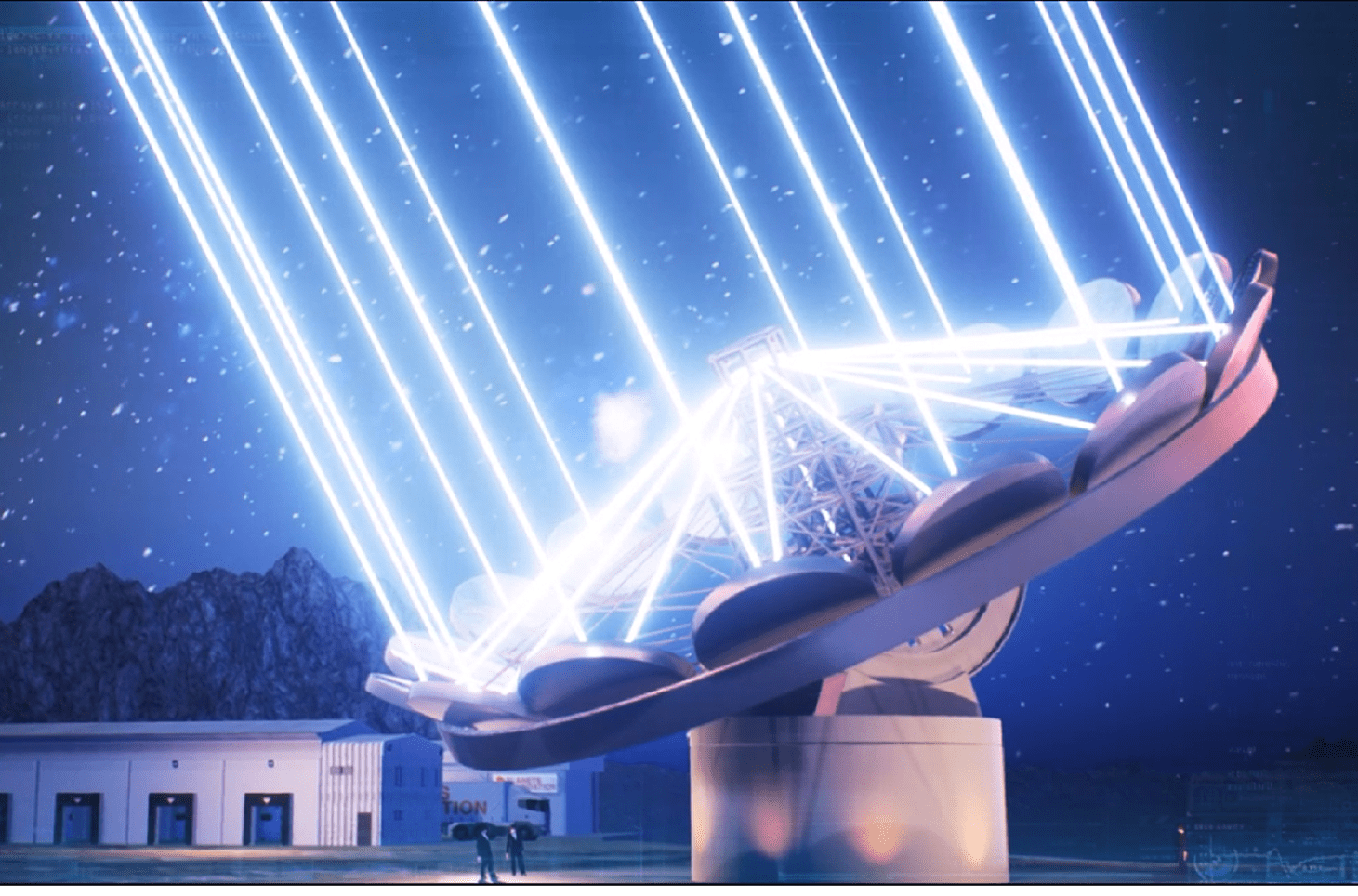
Fizeau Interferometry
The ELF telescope and its Small-ELF prototype will employ Fizeau
nulling interferometry to achieve extremely high contrast in exoplanet observations.
Tensegrity
We aim to advance research and modeling to develop large, effectively stiff optomechanical structures that significantly improve the mass-to-stiffness ratios of large telescopes. By incorporating tensegrity—a design principle that uses isolated components supported by a network of cables or tendons—we will enhance the structural efficiency of the telescope.
Photo: Stock Photos from HildaWeges Photography/Shutterstock
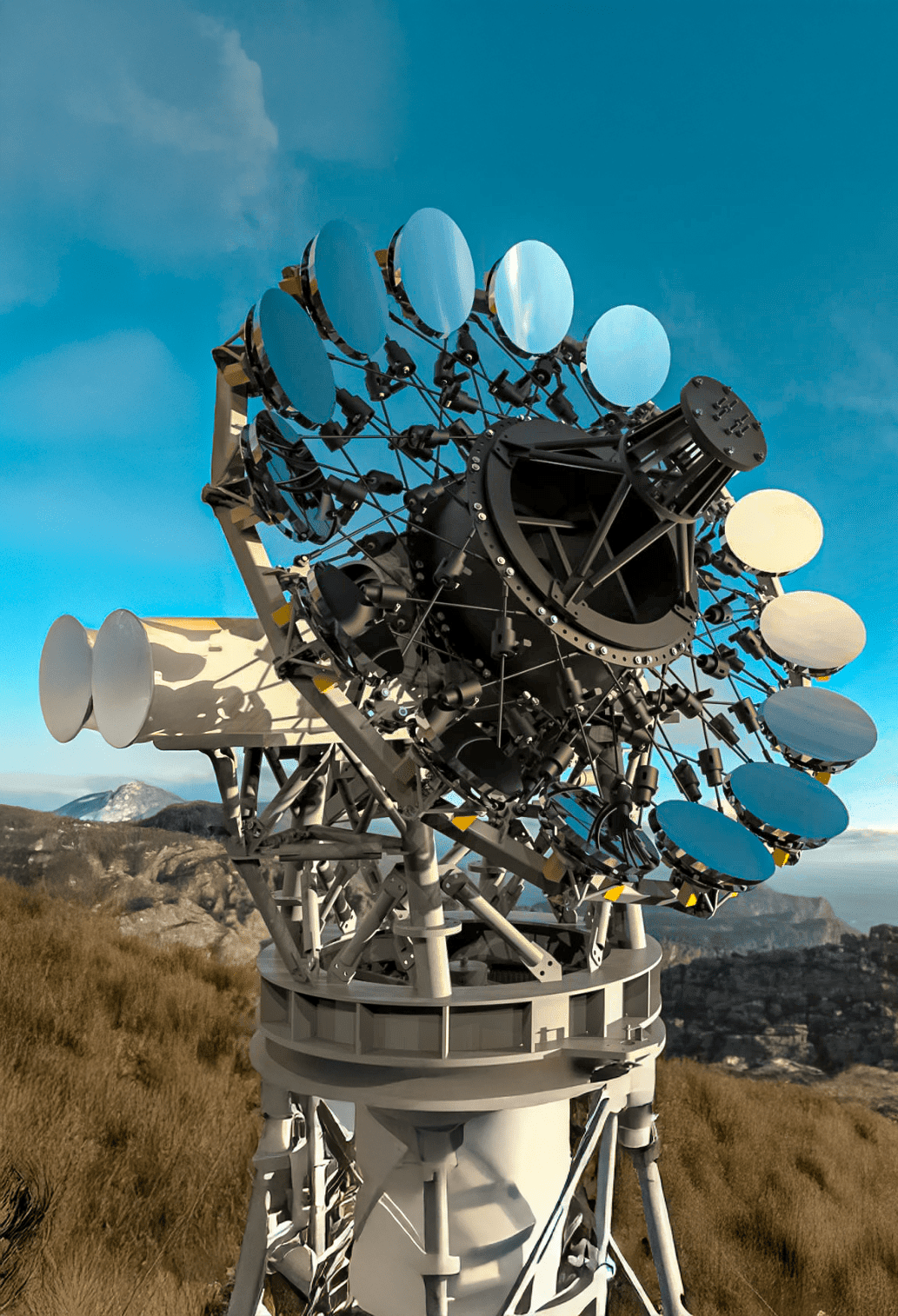
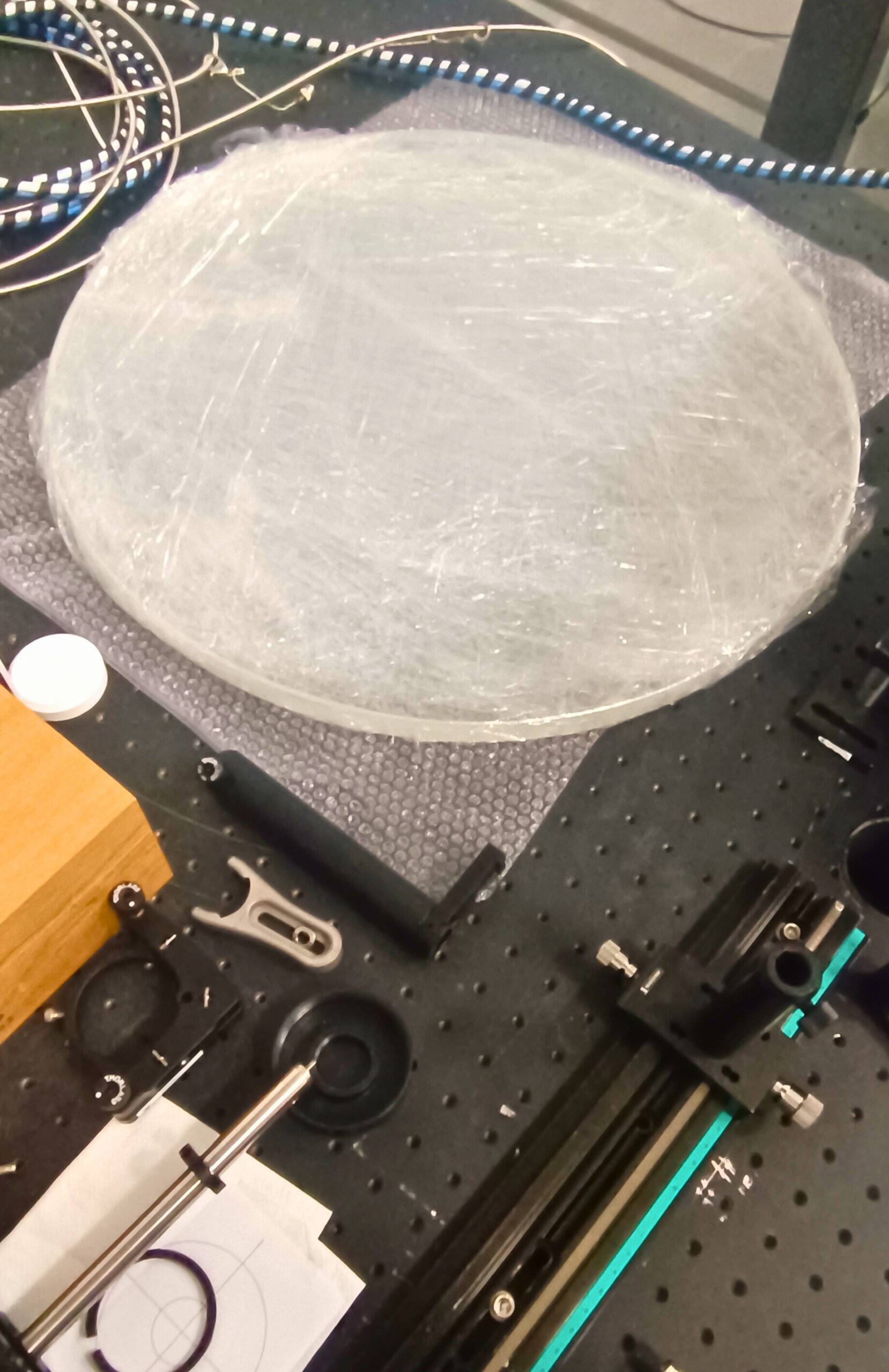
Mirrors
One of the goal of LIOM is to produce ultra-light ultra-thin mirrors using a new non-abrasive technique to decrease the final weight of telescopes.
AI & Machine Learning
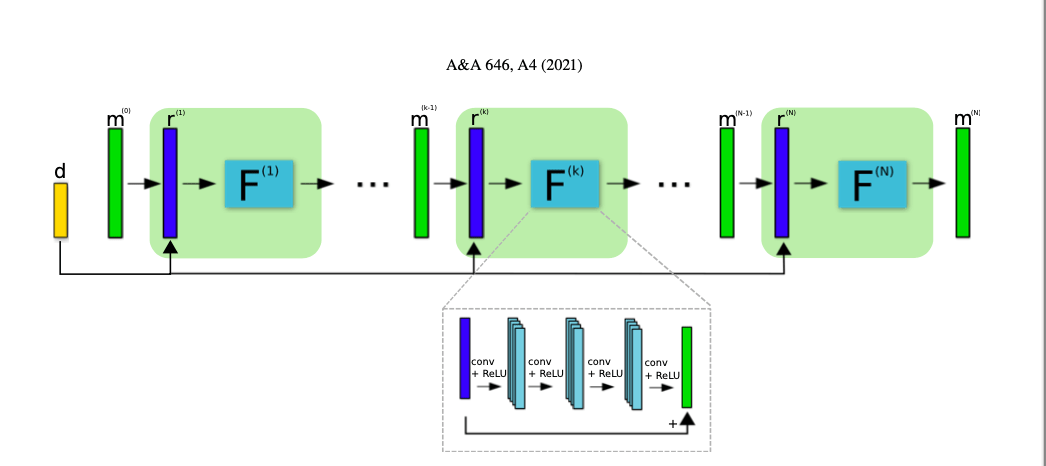
One of the main challenges in developing SELF is ensuring the precise coordination or co-phasing of its 15 independently controlled sub-apertures. Unlike traditional telescopes, SELF employs a sparse interferometric array, which requires real-time stabilization of optical path differences to within a fraction of a wavelength, even under dynamic conditions like atmospheric turbulence. To address this, several innovative approaches leveraging deep learning are being explored.
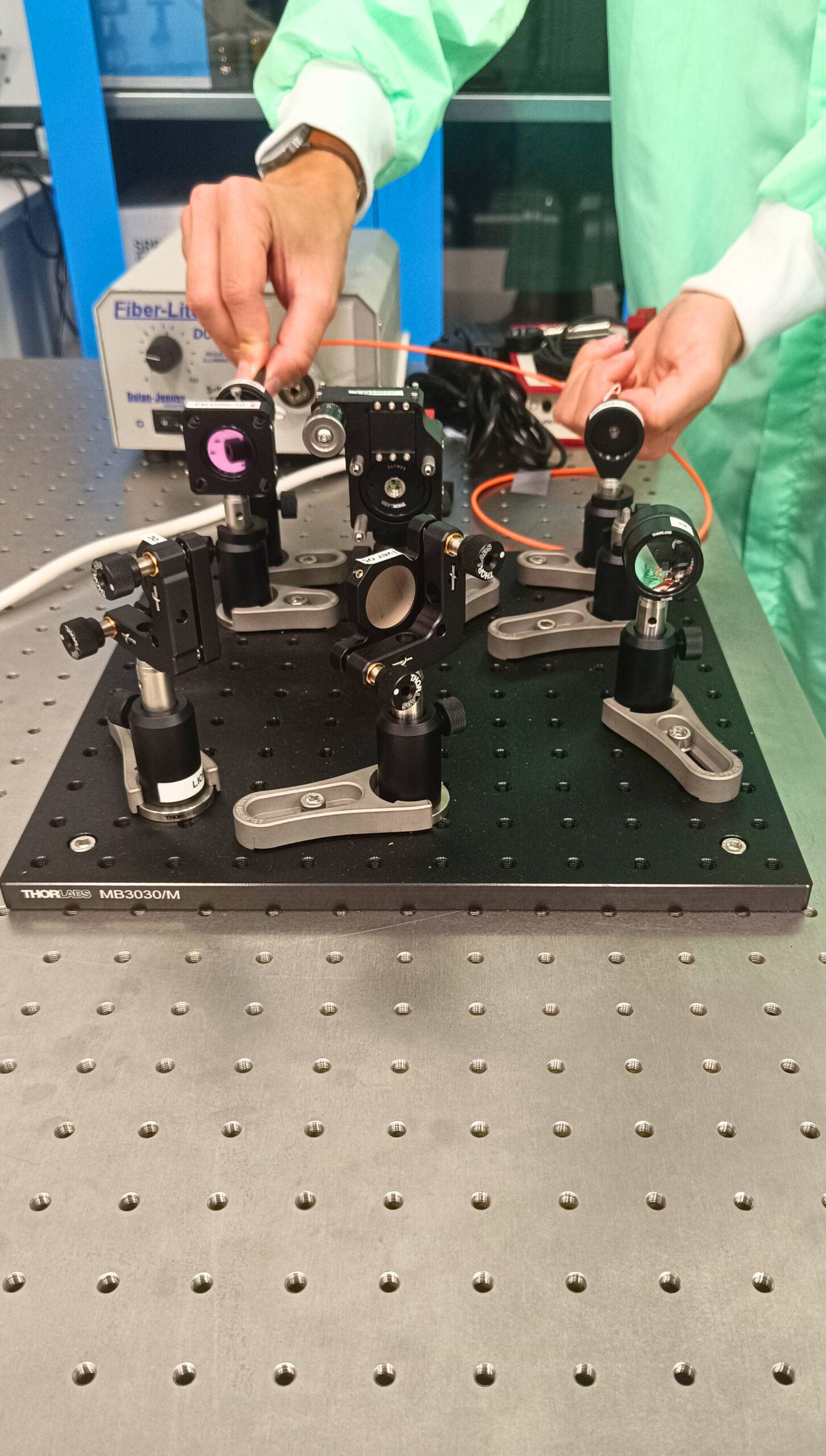
PHOTONICS
Integrated photonics offers significant advantages in size, cost, and performance, while providing exceptional thermal and mechanical stability. Its properties also enable advanced functionalities, such as precise wavefront detection, which enhances the imaging capabilities and reliability of the telescope
Fizeau Interferometry
The ELF telescope and its Small-ELF prototype will employ Fizeau nulling interferometry to achieve extremely high contrast in exoplanet observations. This technique uses multiple mirrors to collect light, which then interferes to form a controlled interference pattern. By precisely tuning this pattern, the system can effectively “cancel out” the light from bright host stars, enabling the detection of faint exoplanets in the near-infrared spectrum with a contrast level of 10⁻⁷. This advanced method significantly enhances our ability to
detect and study distant celestial bodies by minimizing stellar light interference.
ELF will be an advanced instrument approximately 35 meters in diameter, designed to directly image nearby exoplanets. As a preparatory step, the Small-ELF will be developed and deployed at the Teide Observatory (Tenerife). It will consist of 15 mirrors, each 0.5 meters in diameter, arranged in a circular configuration to form a 3.4-meter baseline, functioning as a Fizeau interferometer to test and validate key technologies.
In a Fizeau interferometer, achieving precise phase alignment between mirrors—known as co-phasing—is essential for producing sharp images. The light from each mirror must arrive at the image plane in phase to generate a coherent interference pattern. This requires minimizing optical path differences (OPD) between mirrors to a fraction of the wavelength, which is done by precisely adjusting three critical parameters: piston, tip, and tilt (PTT), using wavefront sensors and actuators on each mirror. The proposed co-phasing solution consists of two stages. First, when the mirrors are significantly misaligned, a complex speckle pattern is analyzed using artificial intelligence to detect PTT errors. Then, once these coarse errors are corrected, a multimode fiber is used to capture core image information and, combined with machine learning
algorithms, refine the alignment with extreme precision and without introducing additional optical errors.
Tensegrity
Our goal is to advance research and modeling to develop large, effectively stiff optomechanical structures that significantly improve the mass-to-stiffness ratios of large telescopes. By incorporating tensegrity —a design principle that uses isolated components supported by a network of cables or tendons— we achieve an extremely efficient, lightweight, and stable structure.
This approach, which replaces traditional rigid frameworks, allows for the construction of telescopes with much lighter bodies, reducing total weight without compromising precision or structural stability. This reduction in mass leads to lower manufacturing, transportation, and installation costs — a major advantage for a new generation of telescopes that must be more powerful and sensitive, yet also more affordable and accessible.
In the case of SELF/ELF, the tensegrity structure supports ultra-thin mirrors —up to 500 mm in diameter and just 15 mm thick— using an optimized system of support points based on whiffletrees. These structures are designed to withstand thermal variations, vibrations, and extreme conditions while maintaining alignment, thanks to advanced control systems that integrate Finite Element Modeling (FEM), machine learning algorithms, and photonic sensors.
This strategy not only maximizes structural efficiency but also paves the way for a revolution in telescope design: high-performance scientific instruments that combine precision, lightness, scalability, and significantly lower costs.
Mirrors
One of the goal of LIOM is to produce ultra-light ultra-thin mirrors using a new non-abrasive technique to decrease the final weight of telescopes.
This development focuses on revolutionizing the manufacturing of optical mirrors for advanced ground-based telescopes, aiming to improve precision, reduce costs, and increase process efficiency. It proposes replacing slow, iterative traditional methods—such as mechanical polishing—with innovative techniques based on glass slumping (controlled thermal deformation) and curvature polishing, which uses localized stress induction to fine-tune the surface. These methods enable the production of optical surfaces with RMS form errors of 5–10 microns in a faster and more deterministic way.
In the initial tests, available elliptical molds were used to accelerate the learning process while the final spherical molds were being fabricated. Structural irregularities caused by trapped air between the glass and the mold were identified, prompting the inclusion of a ventilation hole in the new mold design and the development of 3D thermal simulations of the kiln to optimize the process. In parallel, 3D-printed mandrels were designed to ensure repeatable positioning of the glass in the polishing machine, enhancing precision and facilitating the technical work.
Metrology is carried out using a 4D PhaseCam 6110 interferometer, which allows high-resolution measurement of the surfaces resulting from the slumping and polishing processes. Data analysis is performed using Sight Focus software, along with custom tools developed in IDL and MATLAB. Altogether, these techniques pave the way toward a new generation of lighter, more precise, scalable, and cost-effective optical mirrors—essential components for telescopes like SELF and ELF.
AI & Machine Learning
One of the main challenges in developing SELF is ensuring the precise coordination or co-phasing of its 15 independently controlled sub-apertures. Unlike traditional telescopes, SELF employs a sparse interferometric array, which requires real-time stabilization of optical path differences to within a fraction of a wavelength, even under dynamic conditions like atmospheric turbulence. To address this, several innovative approaches leveraging deep learning are being explored. These approaches aim to map wavefront sensor data to the control parameters of each sub-aperture. By training deep convolutional networks (DCNs) on simulated focal-plane data, the system can autonomously identify and correct optical disturbances, ensuring high-contrast and diffraction-limited performance, which is crucial for accurate scientific observations.
Deep Learning-driven control
At the design stage, it is essential to determine the degrees of freedom for each sub-aperture to achieve an initially cophased system. This nominal alignment can then be refined or actively controlled using focal-plane images. Additionally, understanding the coupling between perturbations and identifying corresponding corrective actions is critical to the success of the system.
This research integrates a detailed optical model of the telescope with deep learning techniques, enabling the system to map the degrees of freedom in a segmented aperture telescope. Preliminary results from simulations show promising performance, highlighting the potential of AI-driven control strategies for future space and ground-based observatories.
Deep Learning for Adaptive Optics
Once operational, the system will rely on real-time images from the telescope to provide feedback for coarse corrections to the secondary mirrors. For finer adjustments, integrated photonic devices, such as photonic lanterns and/or multimode fibers, will capture the complex effects of atmospheric aberrations. The goal is to decode the nonlinear behavior of these photonic sensors in real time, enabling rapid and precise corrections that ensure optimal telescope performance.
Photonics
Integrated photonics offers significant advantages over traditional bulk optics in terms of size, cost, and performance, along with exceptional thermal and mechanical stability. These properties also enable advanced functionalities, such as precise wavefront detection, which enhances both the imaging capabilities and the overall reliability of the telescope. Moreover, as we can use it in the focal plane, it also prevents non-common-path aberrations. These features make photonic integrated devices highly promising technologies for the next generation of astronomical instruments.
In the context of the co-phasing system for the ELF telescope and its Small-ELF prototype, photonics plays a key role through the use of devices like optical fibers. One of the approaches we are investigating involves the use of a short multimode fiber as a wavefront sensor.
Interference between the guided modes within the fiber generates a complex speckle pattern at the output, which encodes information about the incoming wavefront at the pupil plane. Given that the relationship between phase and intensity is inherently nonlinear, machine learning algorithms are employed to interpret these signals reconstruct the wavefront and correct the aberrations quickly and accurately. Another option is to use a photonic lantern. This device converts multimode light—originating from a misaligned optical system—into multiple single- mode fiber outputs. This conversion allows for the extraction of critical information about phase aberrations—such as piston, tip, and tilt (PTT)—based on the intensities measured at each fiber output.
Advances:
To validate its implementation, a six-core photonic lantern has been simulated to transform light collected from an aperture composed of two mirrors into single-mode outputs. The intensities at each core are then fed into supervised machine learning models, which predict the PTT values and generate the corresponding feedback signals for the actuators of each optical segment. To model the light propagation within the lantern, the Lightbeam package in Python is used, based on the finite-difference beam propagation method, allowing precise simulation of light behavior within the system’s optical waveguides. More information
